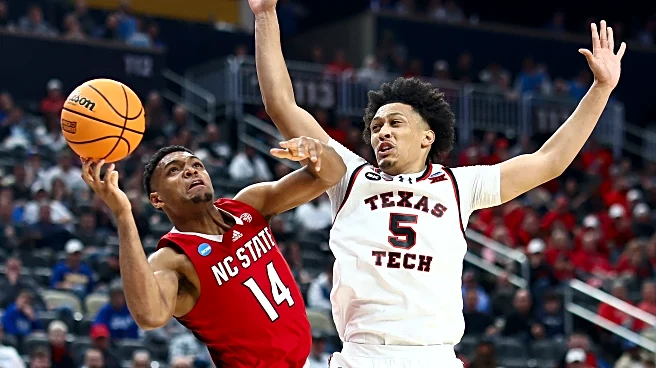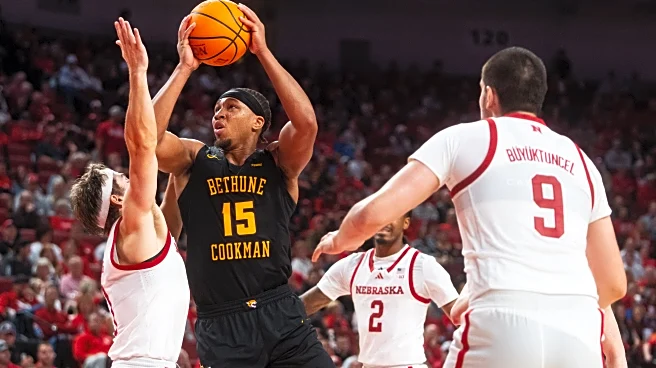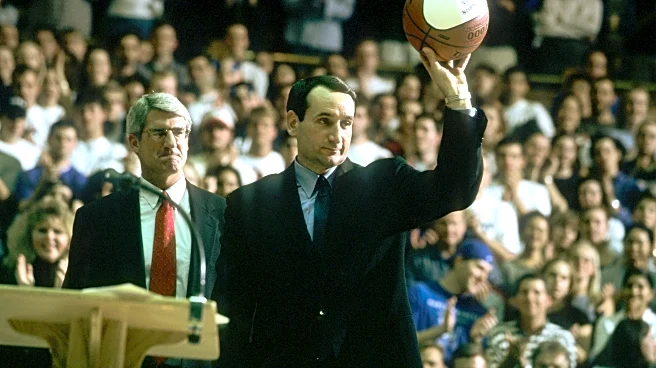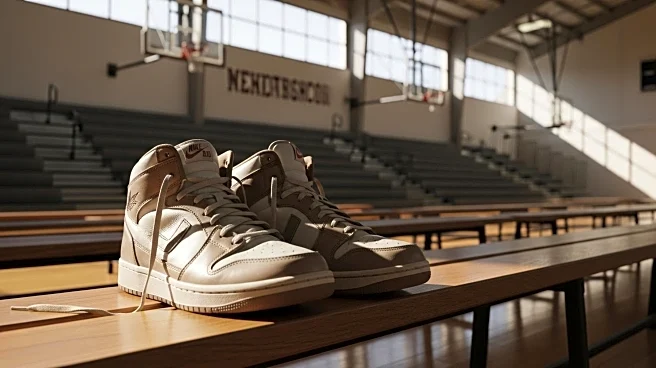What's Happening?
The role of experience in college basketball roster building is being scrutinized as teams navigate the evolving landscape of recruitment. The 2024-25 season saw transfer players account for 42% of all available minutes in Division I basketball, a significant increase from previous years. This shift reflects a growing trend where teams prioritize experienced players over freshmen. The analysis of 1,450 college basketball rosters from recent seasons reveals that returners tend to have a positive impact on team performance, while reliance on freshmen shows mixed results. The study uses the Simple Rating System (SRS) to evaluate team performance, considering factors like strength of schedule.
Why It's Important?
The findings highlight the strategic importance of recruiting experienced players, either through transfers or developing returners, to enhance team performance. This trend could influence how college basketball programs allocate resources and make recruitment decisions. Teams that effectively balance experience with fresh talent may gain a competitive edge, potentially leading to more successful seasons. The shift towards transfer-centric recruitment also raises questions about the long-term implications for high school recruiting and player development.
What's Next?
As the transfer portal continues to grow, college basketball programs may increasingly focus on acquiring experienced players to bolster their rosters. This could lead to a reevaluation of recruitment strategies, with some teams potentially returning to traditional high school recruiting to develop homegrown talent. The ongoing debate about the best approach to roster building will likely persist, with teams experimenting to find the optimal balance between experience and new talent.
Beyond the Headlines
The emphasis on experience in college basketball reflects broader trends in sports where immediate results are prioritized. This approach may impact player development and the traditional pathway from high school to college sports. Ethical considerations around recruitment practices and the pressure on young athletes to perform at high levels could also emerge as significant issues.











